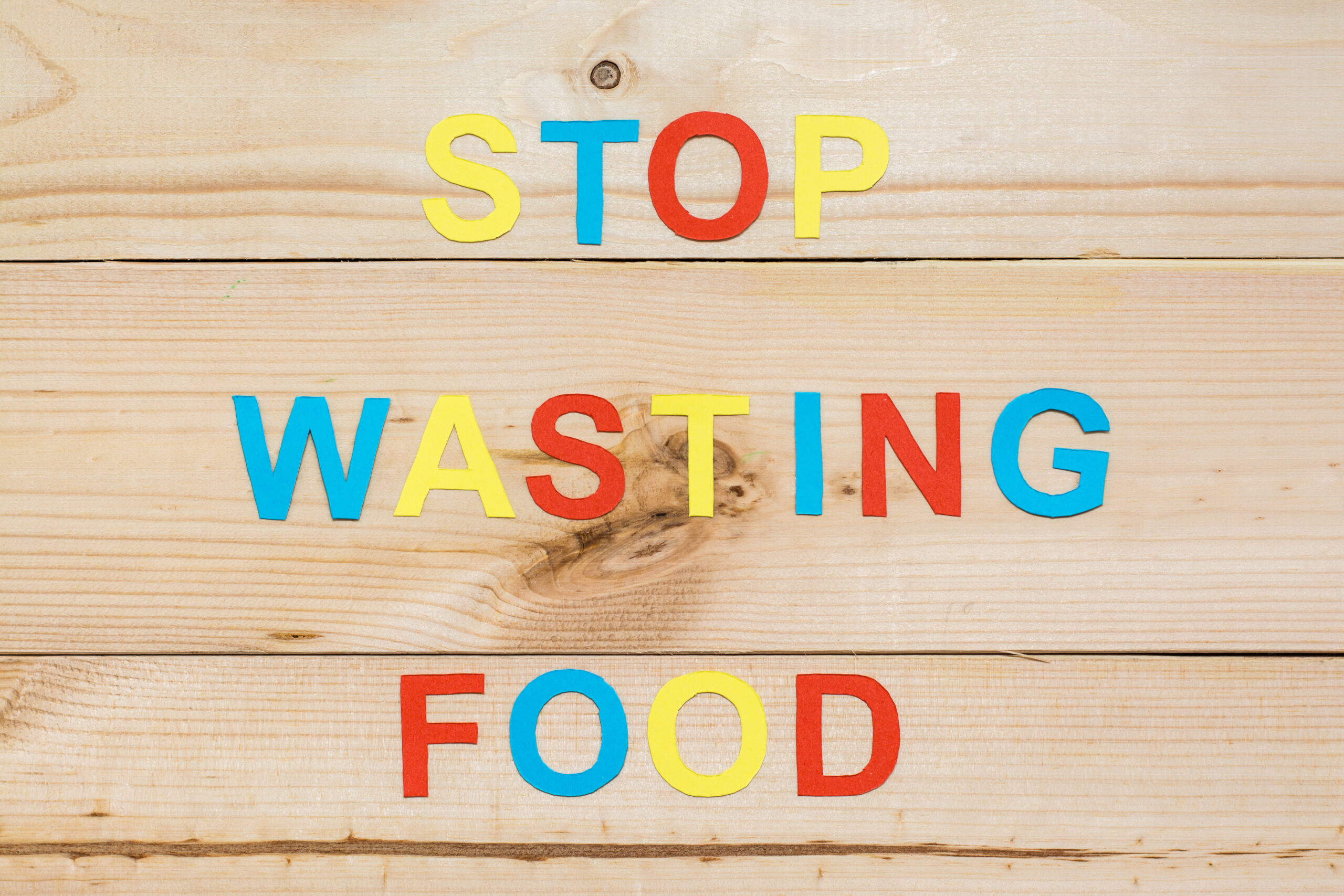McDonald’s is bringing back its Monopoly promotion for a chance to win a plethora of prizes, but unfortunately, it’s not the only monopoly reigning over the food industry. A recent investigation by The Guardian about America’s food monopolies dismisses the concept that consumers truly have a choice in the brands they purchase. So, what does this look like and what does it mean for smaller producers and businesses?
The news outlet, in partnership with the nonprofit Food and Water Watch, revealed that only a few big food brands “control the majority market share of almost 80 percent of dozens of grocery items bought regularly by ordinary Americans.” And this goes for more than just the final products on the shelves. The investigation also found that a few powerful transnational companies dominate all links in the food supply chain.
What does this look like in practice? Beverage giant PepsiCo, for example, controls a whopping 88 percent of the dip market as it owns Tostitos, Fritos and Lay’s. It also dominates a large share of the beverage soda market, commanding 27.4 percent. Its opponents, Coca-Cola and Keurig Dr Pepper, account for another 42.4 percent and 23.1 percent, respectively, meaning the three brands control nearly 93 percent of the soda market.
Similarly, just three companies account for 73 percent of the breakfast cereals consumers pick at the grocery store, with General Mills at 27.9 percent, Kellogg Company with 26.8 percent and Post Holdings with 18.1 percent. The same goes for beef and pork production, with four multinational companies, including Tyson, JBS, Cargill and Smithfield, controlling the majority of the market share.
Related: Top Five Largest Food Companies in 2020
From seeds and fertilizers to slaughterhouses and breakfast cereals, food monopolies are the silent winners in the food industry. While Amazon has a clear monopoly in the online retail space, food monopolies are harder to spot given the number of brand names consumers see on the shelves. Not only is this bad news for consumers in terms of choice and competitive pricing, but also for small farmers and producers, who are given little choice on what to grow or which animals to raise.
Since food monopolies have undue influence over what farmers grow and how much they are paid, just 15 cents of every dollar consumers spend in the supermarket goes to farmers. The rest, the investigation found, goes to processing and marketing our food. This can also have detrimental effects on the environment. “Industrial agriculture is focused on extracting maximum profits for minimum costs – an exploitative model with grave consequences for animal welfare, water, land and global heating,” the report reads.
Food monopolies also make the competition even more fierce for small businesses to get just a sliver of the market share. And when they do get a foothold, it rarely stands the test of time. The report references craft beer as an example. As a flourishing market, new brands tend to be swiftly acquired by mega breweries such as beer giant Anheuser-Busch, which owns more than 600 brands.
Weak enforcement of regulation and unconstrained mergers and acquisitions have led to the rise of these food monopolies. But what is being done to make the competition more reasonable? Earlier this month, President Joe Biden signed an executive order targeting big tech to promote competition in the US economy, including the food industry.
The order called on government agencies to enforce existing regulations and consider rolling back recent mega-mergers, which boosted profits for food monopolies while hurting farmers, producers and consumers. Despite public opinion supporting them, orders and bills banning factory farming and mega-mergers still lack bipartisan support.
The report calls on consumers to support small businesses, local farmers and grocery co-ops since these alternatives already exist. However, more public funding is needed to boost these sustainable food systems for them to take root.












Join or login to leave a comment
JOIN LOGIN